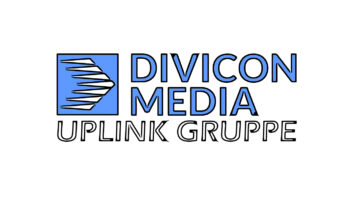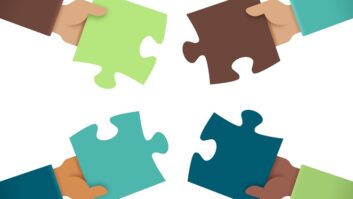In this series of blog posts I’m taking note of specific recommendations in the new National Recording Preservation Plan issued by the Library of Congress, which touches not only on radio but on audio in general and its place in our cultural history. (I noted last time that the report calls for a concerted effort to preserve radio audio.)
More broadly, Recommendation 1.7 deals with technologies for audio preservation. The report says we need more research into ways to recover, reformat and preserve audio recording media.
“Some problems presented by the large amount and fragile condition of audio media requiring preservation can be resolved only through research initiatives that lead to new technologies,” it states.
“It is essential to develop technologies that can be used to efficiently reformat the vast quantities of recorded sound residing in major archival collections before their carriers degrade. Scientific research must be encouraged to determine the life expectancy of all formats as well as to find effective ways to slow down the deterioration process and recover sound from already degraded audio carriers. Solutions that are independent of the original recording practices, media or equipment (e.g., non-contact playback) can mitigate impediments to preservation resulting from media deterioration and equipment obsolescence.”
Specifically:
-It calls for research to quantify the life expectancy of analog formats. This research should aim to develop diagnostic tools for identifying endangered media. The report notes that a division of the Library of Congress has some work underway along these lines.
— It recommends research including chemical and physical analyses on “deteriorating media carriers” to recommend better ways of handling materials, slowing degradation and improving recovery. “Scientifically researched and developed methods to solve the problems encountered with deteriorating media carriers are urgently needed.”
It mentioned the need to recover audio from tapes with “sticky shed syndrome” or “binder hydrolysis” as well as the problem of “delaminating” lacquer discs. Among other things, the library’s Preservation Research and Testing Division should hold a workshop of experts aimed at establishing testing criteria to ensure the quality and stability of the media on which their data are held.
— It encourages R&D into new ways of recovering sound from fragile media, including non-contact playback systems, and improving efficiencies in audio preservation. “Further research should be undertaken to develop efficiencies in the areas of audio element preparation, transfer methods and solutions for digital audio migration or emulation.
Studies should be encouraged to determine effective ways to increase the level of automation used in quality review and assurance. An effort must be made to develop cost-effective, rapid, and, where beneficial, non-contact methods for reformatting.”
It said the library has been working with the Lawrence Berkeley National Laboratory to develop imaging technology for non-contact reformatting of audio material recorded on discs and cylinders. “Since the imaging systems do not physically touch the playback surface, sound that had previously been considered irretrievable can be recovered from fragile and broken media.”
— It calls for collaboration with AES to develop better tools and metrics “to permit the evaluation of the performance of digitizing systems (e.g., easy-to-use tone or signal generators, and software applications that permit lay people to administer pass/fail tests on equipment).”
–And it recommends more collaborative research at the national and international levels. “To this end, steps must be taken to reach out to national and international recorded sound communities and identify opportunities for collaborations on similar projects.
Such partnerships may lead to a consensus on methodologies and best practices, further enhancing the efficiencies needed to execute a preservation agenda of this scope.” It said groups such as the AES, the International Association of Sound and Audiovisual Archives, the Association of Moving Image Archivists and the Association for Recorded Sound Collections can help.
The report contains much more on the topic of audio preservation; I’ll have more here soon.












